Ồ
Vào ngày 1 tháng 8 năm 2025, Tòa án Công lý Liên minh Châu Âu đã ra phán quyết cuối cùng: giữ nguyên phán quyết năm 2022.
Điều này đồng nghĩa với việc loại bỏ phân loại chất gây ung thư đối với bột titan dioxit (TiO₂). Quyết định này đánh dấu sự kết thúc của cuộc tranh luận khoa học và quy định kéo dài gần một thập kỷ, vốn đã tác động đến nhiều ngành công nghiệp trên toàn thế giới.
Titan dioxit
Bột TiO2 được sử dụng rộng rãi trong sơn phủ, dược phẩm và thực phẩm nhờ khả năng che phủ và độ trắng tuyệt vời. Năm 2016, Cơ quan An toàn Thực phẩm, Môi trường và Sức khỏe Nghề nghiệp Pháp (ANSES) đã đệ trình đề xuất lên Cơ quan Hóa chất Châu Âu (ECHA) yêu cầu phân loại titan dioxit dạng bột là "chất gây ung thư khi hít phải". Năm 2017, Ủy ban Đánh giá Rủi ro (RAC) của ECHA đã thông qua ý kiến ủng hộ việc phân loại này là "Chất gây ung thư nghi ngờ loại 2". Tháng 10 năm 2019, Ủy ban Châu Âu đã thông qua Quy định Ủy quyền (DE) 2020/217, chính thức phân loại titan dioxit dạng bột (1% hoặc nhiều hơn các hạt ≤10 micron) là chất gây ung thư nghi ngờ loại 2 và yêu cầu sử dụng nhãn cảnh báo: "H351: Có thể gây ung thư khi hít phải".
Phân loại và dán nhãn hiện tại như sau:
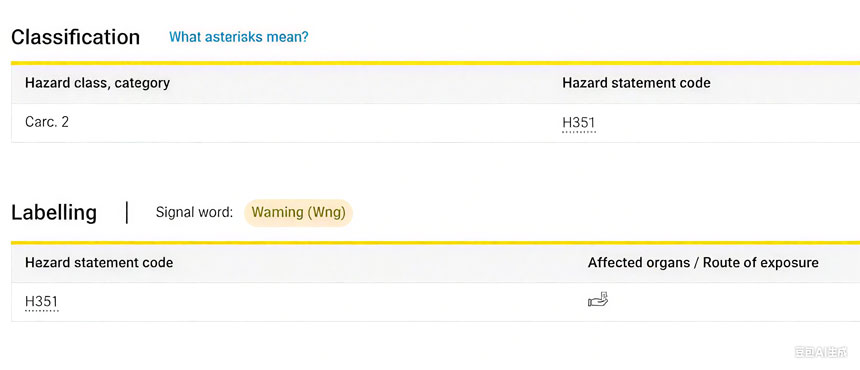

Dòng thời gian phân loại titan dioxit
|
Năm
|
Sự kiện
|
Sự va chạm
|
|
2016
|
ANSES của Pháp đề xuất phân loại TiO₂ thành
chất gây ung thư
|
Mối quan ngại ban đầu về quy định được nêu ra
|
|
2017
|
RAC của ECHA hỗ trợ phân loại Loại 2
|
Sự xác nhận của ủy ban khoa học
|
|
2019
|
Ủy ban EU thông qua Quy định ủy quyền (EU) 2020/217
|
Đã triển khai nhãn cảnh báo bắt buộc H351
|
|
2022
|
Tòa án chung EU hủy bỏ phân loại
|
Thách thức pháp lý thành công
|
|
2025
|
Tòa án Công lý EU xác nhận việc hủy bỏ
|
Giải quyết tranh chấp cuối cùng
|
Cơ sở khoa học của quyết định
Phán quyết của Tòa án Công lý Châu Âu dựa trên ba cân nhắc khoa học chính:
1. Cơ chế hoạt động:
Tòa án đồng ý rằng khối u phổi được quan sát thấy trong các nghiên cứu trên chuột là do quá tải hạt chứ không phải do tính gây ung thư nội tại của TiO₂.
2. Suy rộng ra con người:
Tòa án kết luận rằng không có đủ bằng chứng để chứng minh rằng các nghiên cứu về việc hít phải chất này ở chuột có thể dự đoán đáng tin cậy nguy cơ ung thư ở người, đặc biệt là ở mức độ phơi nhiễm thông thường.
3. Những giải thích khác:
Phán quyết nêu rõ rằng những tác động quan sát được có thể là do tình trạng viêm do tích tụ các hạt, chứ không phải do độc tính hóa học.
Tác động trực tiếp đến ngành
Quyết định này sẽ mang lại sự hỗ trợ đáng kể cho một số ngành công nghiệp:
Sơn và Lớp phủ
:
Loại bỏ nhãn cảnh báo trên hầu hết các lớp phủ kiến trúc và công nghiệp
Nhựa
:
Giảm gánh nặng phân loại trên bao bì thực phẩm và sản phẩm tiêu dùng
Mỹ phẩm:
Kem chống nắng và mỹ phẩm màu hiện có thể được bán mà không có cảnh báo về chất gây ung thư
Ngành công nghiệp thực phẩm:
Khôi phục niềm tin vào việc sử dụng TiO₂ (E171) trong các ứng dụng thực phẩm
Tác động quy định toàn cầu
Trong khi quyết định của EU có tính ràng buộc đối với các quốc gia thành viên, các khu vực khác có thể phản ứng khác nhau:
CHÚNG TA:
Cơ quan Quản lý An toàn và Sức khỏe Nghề nghiệp (OSHA) duy trì phân loại không gây ung thư hiện tại
Canada:
Bộ Y tế Canada tiếp tục theo dõi các bằng chứng mới nổi
Châu Á:
Hầu hết các thị trường chưa bao giờ áp dụng phân loại phòng ngừa của EU
Sản phẩm có chứa Titanium Dioxide
TiO₂ vẫn là thành phần thiết yếu trong nhiều sản phẩm thông dụng:
|
Danh mục sản phẩm
|
Chức năng TiO₂
|
Nồng độ điển hình
|
|
Sơn
|
Chất làm mờ/Trắng
người da đen
|
15-25%
|
|
Nhựa
|
Chất ổn định tia UV
|
0,5-5%
|
|
Kem chống nắng
|
Bộ lọc tia cực tím
|
2-10%
|
|
Thực phẩm (E171)
|
Chất tạo màu
|
0,1-1%
|
|
Giấy
|
Chất làm sáng
|
2-8%
|
Phán quyết cuối cùng của Tòa án Công lý EU đã mang lại sự rõ ràng rất cần thiết về tính an toàn của titan dioxit, khẳng định quan điểm của nhiều nhà khoa học và nhà sản xuất. Mặc dù việc giám sát chặt chẽ các quy định vẫn rất quan trọng, phán quyết này cho phép ngành công nghiệp tận dụng các đặc tính quý giá của titan dioxit mà không phải chịu những cảnh báo không cần thiết về khả năng gây ung thư.
Câu hỏi thường gặp
Câu 1: Bột titan dioxit TiO2 là gì?
A: Titan dioxit là titan oxit có trong tự nhiên, được sử dụng làm chất tạo màu trắng và phụ gia chức năng trong nhiều ứng dụng công nghiệp và tiêu dùng.
Câu 2: Những loại sắc tố phổ biến nào có chứa titan dioxit?
A: Một số chất màu quan trọng có chứa titan dioxit:
Titan dioxit (TiO₂): Sắc tố titan dioxit nguyên chất
Sắc tố ngọc trai
: Thường thì mica phủ titan dioxit được sử dụng để tạo hiệu ứng óng ánh
Sắc tố hợp chất: Nhiều sắc tố kết hợp titan dioxide với các chất tạo màu khác
Câu 3: Titan dioxit có an toàn khi sử dụng trong mỹ phẩm không?
A: Sản phẩm này an toàn cho mục đích sử dụng. Một phán quyết của EU khẳng định rõ ràng rằng không có bằng chứng nào cho thấy nó gây ung thư khi tiếp xúc với da.
Câu hỏi 4: Titan dioxit (E171) dùng trong thực phẩm có được chấp thuận lại ở EU không?
A: Mặc dù phán quyết của tòa án không tự động khôi phục lại E171, nhưng nó loại bỏ cơ sở khoa học cho lệnh cấm năm 2022, điều này có thể mở đường cho việc xem xét lại.
Câu hỏi 5: Nhà sản xuất nên cập nhật nhãn sản phẩm của mình như thế nào?
MỘT:
1. Các công ty nên: Ngay lập tức gỡ bỏ cảnh báo H351 khỏi các sản phẩm có chứa titan dioxit.
2. Xem lại các bảng dữ liệu an toàn để cập nhật thông tin về tuân thủ.
3. Tham khảo ý kiến của nhóm pháp lý về các yêu cầu dán nhãn chuyển tiếp.
Bài viết của Tiến sĩ Lisa Chen, chuyên gia về an toàn vật liệu với 15 năm kinh nghiệm trong lĩnh vực đánh giá rủi ro hóa chất. Cập nhật lần cuối: Tháng 8 năm 2025
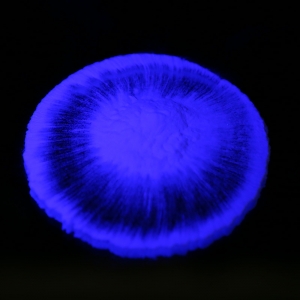
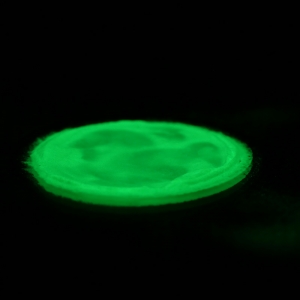
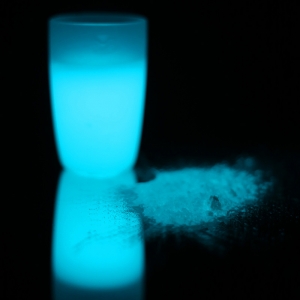
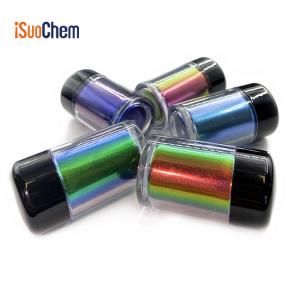

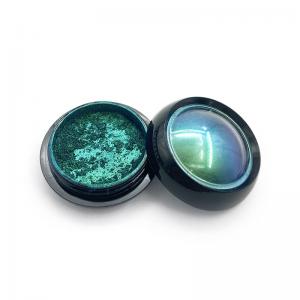






 +86 13965049124
+86 13965049124
 Tiếng Việt
Tiếng Việt  English
English français
français русский
русский italiano
italiano español
español português
português العربية
العربية 한국의
한국의 ไทย
ไทย






